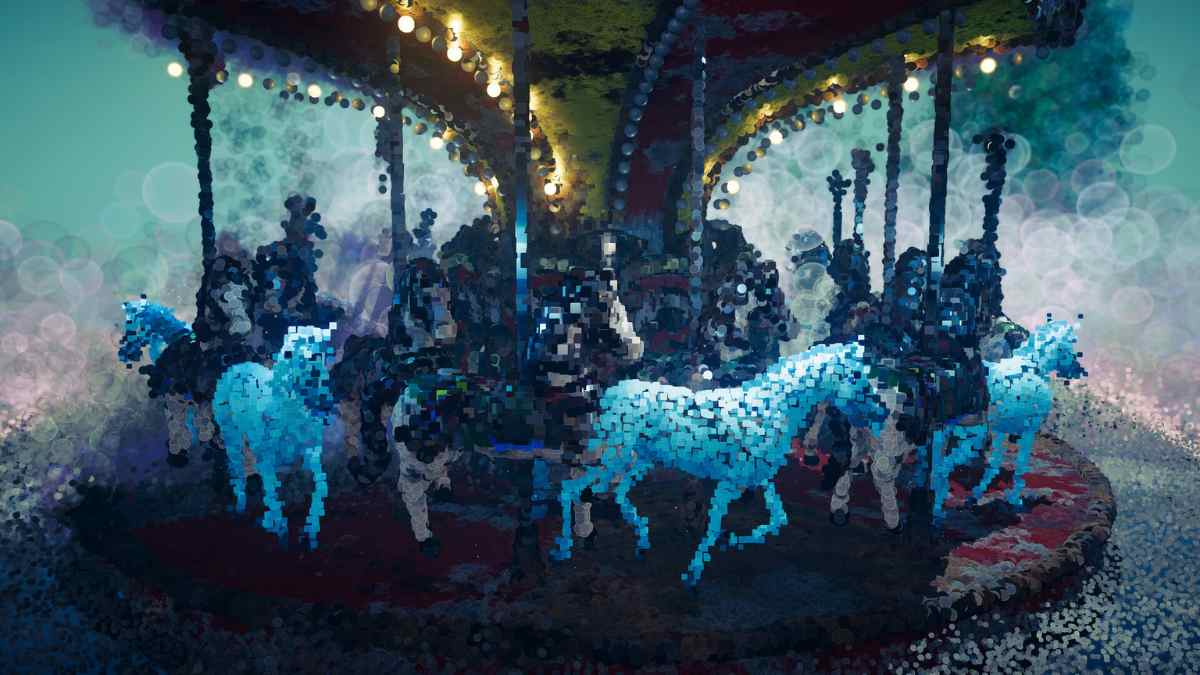Dreams of Another, the surreal narrative-driven game that launched earlier this year, is rolling out a first-person mode specifically for PS VR2. Originally a third-person experience, the game is now adapting parts of its design for immersive headset support.
The update doesn’t turn it into a full VR-native game, but it shifts the perspective significantly, giving players a more direct sense of presence within its fragmented, dreamlike environments.
First-person mode tailored for VR
The newly added mode lets players experience Dreams of Another entirely through a first-person lens. This shift brings the player closer to the game’s atmosphere, especially in scenes built around tension and psychological disorientation.
It’s more than just a camera switch. The environments have been reworked in places to account for closer proximity, with lighting adjustments and UI scaling aimed at keeping the new perspective clean and readable in VR.
While the original game was always visually stylized and symbolic, the switch to first-person alters the way scenes are interpreted, putting the player inside the protagonist’s head in a much more literal way.
Not a full rebuild, but a focused enhancement
The VR update is built on the existing PS5 version, meaning this isn’t a standalone port. It’s an added mode that integrates with the core release, unlocked after installing the latest patch.
Motion is handled through controller input rather than room-scale movement, and interactions remain mostly passive. This isn’t a physics-heavy VR title. Instead, the focus is on storytelling and perspective, with most of the gameplay revolving around exploration and interpreting cryptic scenes. Given the game’s quiet pacing and dream-logic structure, the first-person view plays well into its tone. It doesn’t make the experience faster or more action-driven, but it adds intensity in subtle ways—particularly in confined spaces or emotional scenes.
VR presence supports narrative themes
Dreams of Another deals heavily in memory, identity, and perception. Those ideas land differently when you’re placed directly inside the main character’s world. The ambiguity of certain scenes hits harder when seen up close, especially in darker sequences.
There’s a notable emphasis on environmental storytelling, and the new perspective allows players to pick up smaller details that may have been missed in third-person. It also means a greater focus on sound design, which becomes more prominent through spatial audio in the headset.
This update doesn’t overhaul the game’s mechanics or flow, but it reframes them. For players who already experienced the game flatscreen, it offers a new lens. For newcomers on PS VR2, it opens the door to a quieter kind of immersion not often prioritized in VR releases.
Virtual Reality Explorer & Game Reviewer
Always the first to plug in. VRSCOUT dives head-first into the most immersive VR worlds, analyzing mechanics, comfort, innovation, and that elusive “presence” factor. If he says it’s worth it, it probably is.




